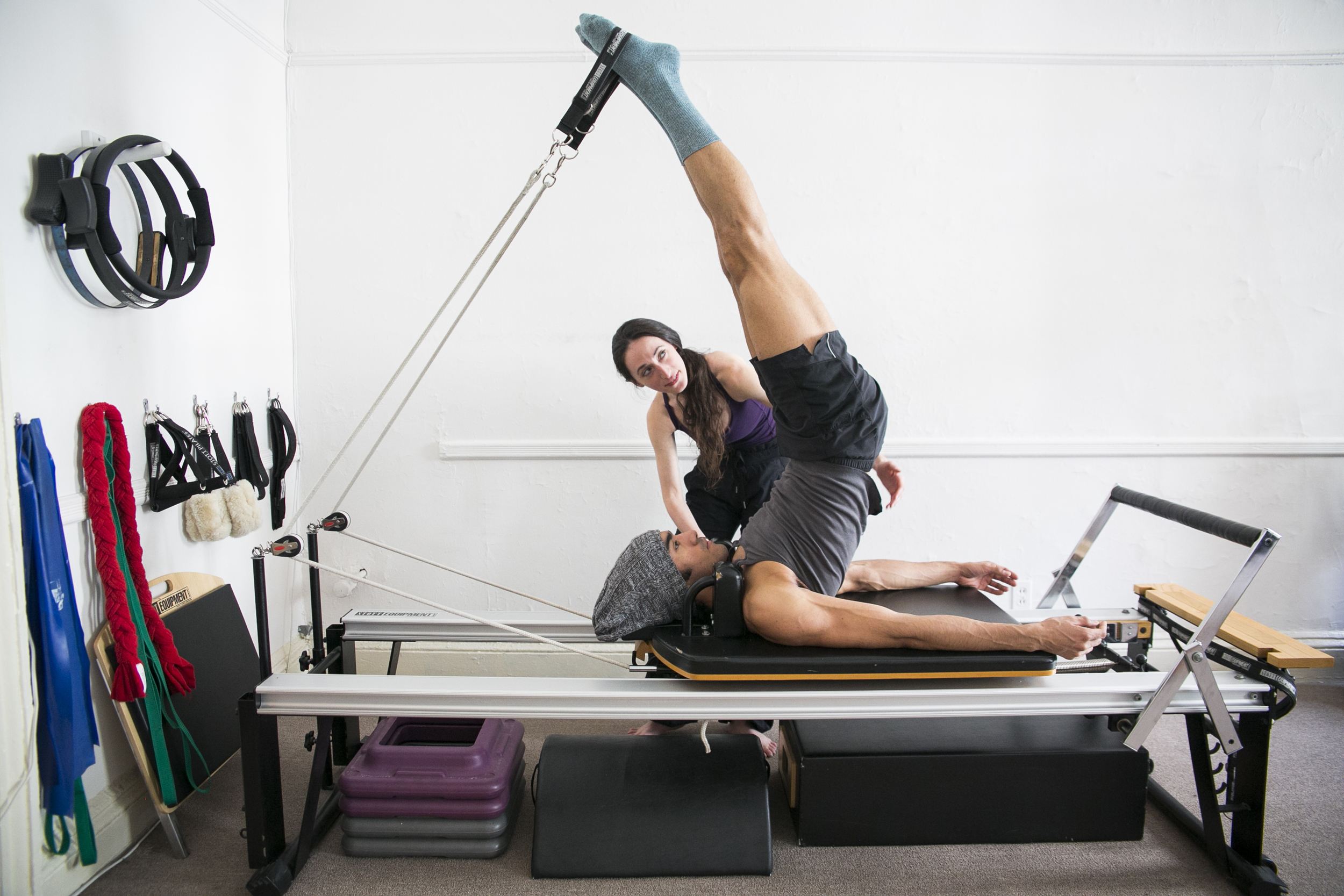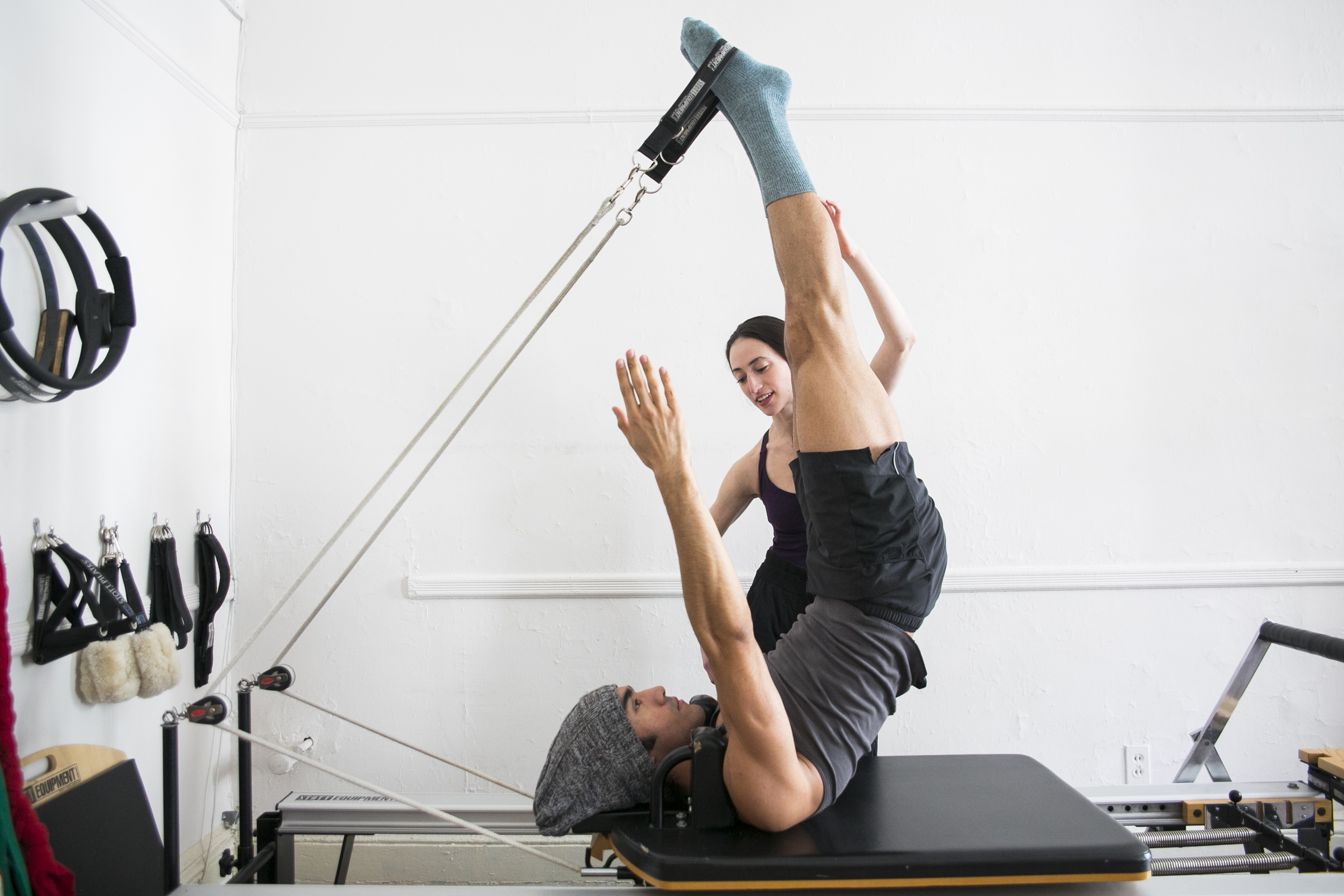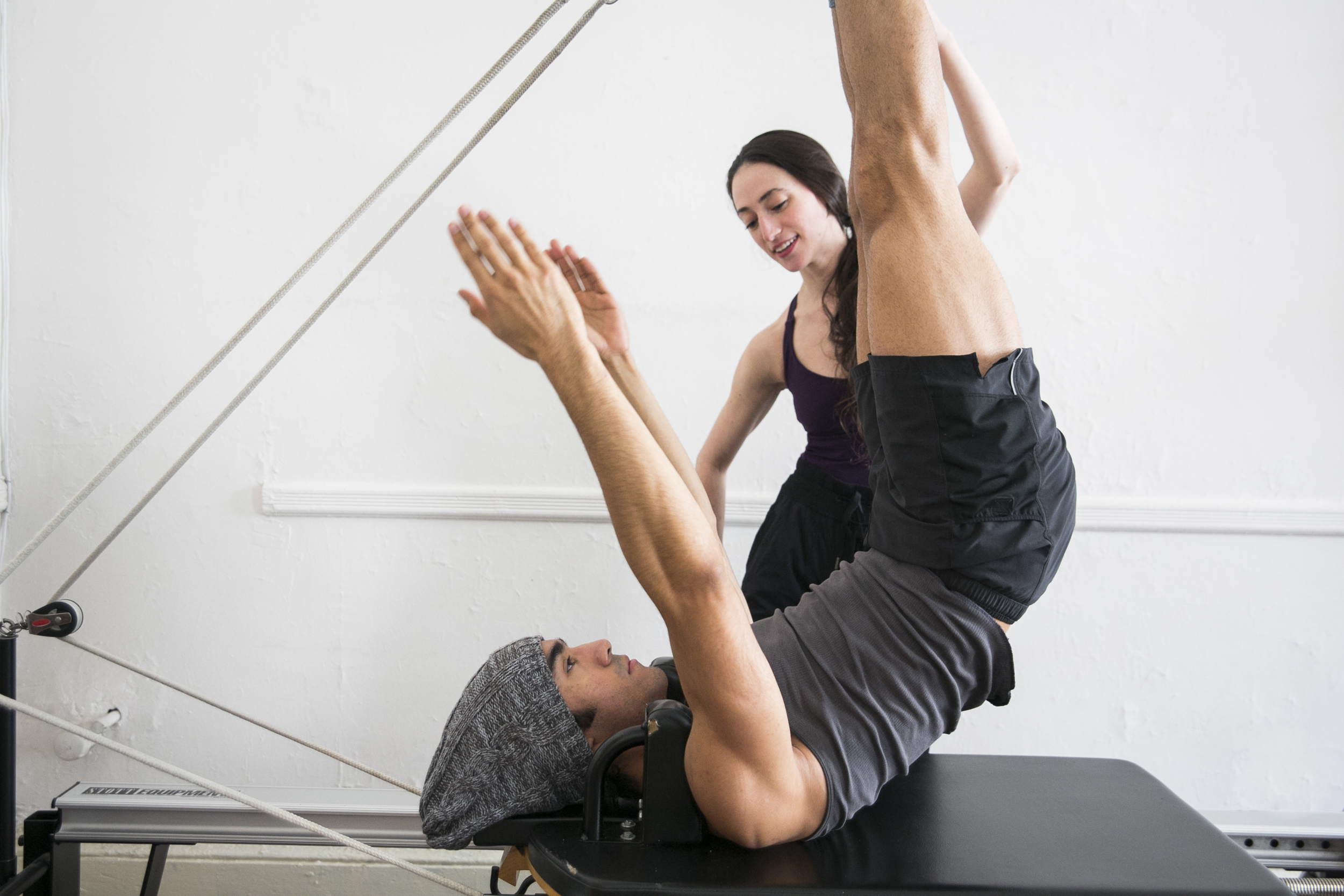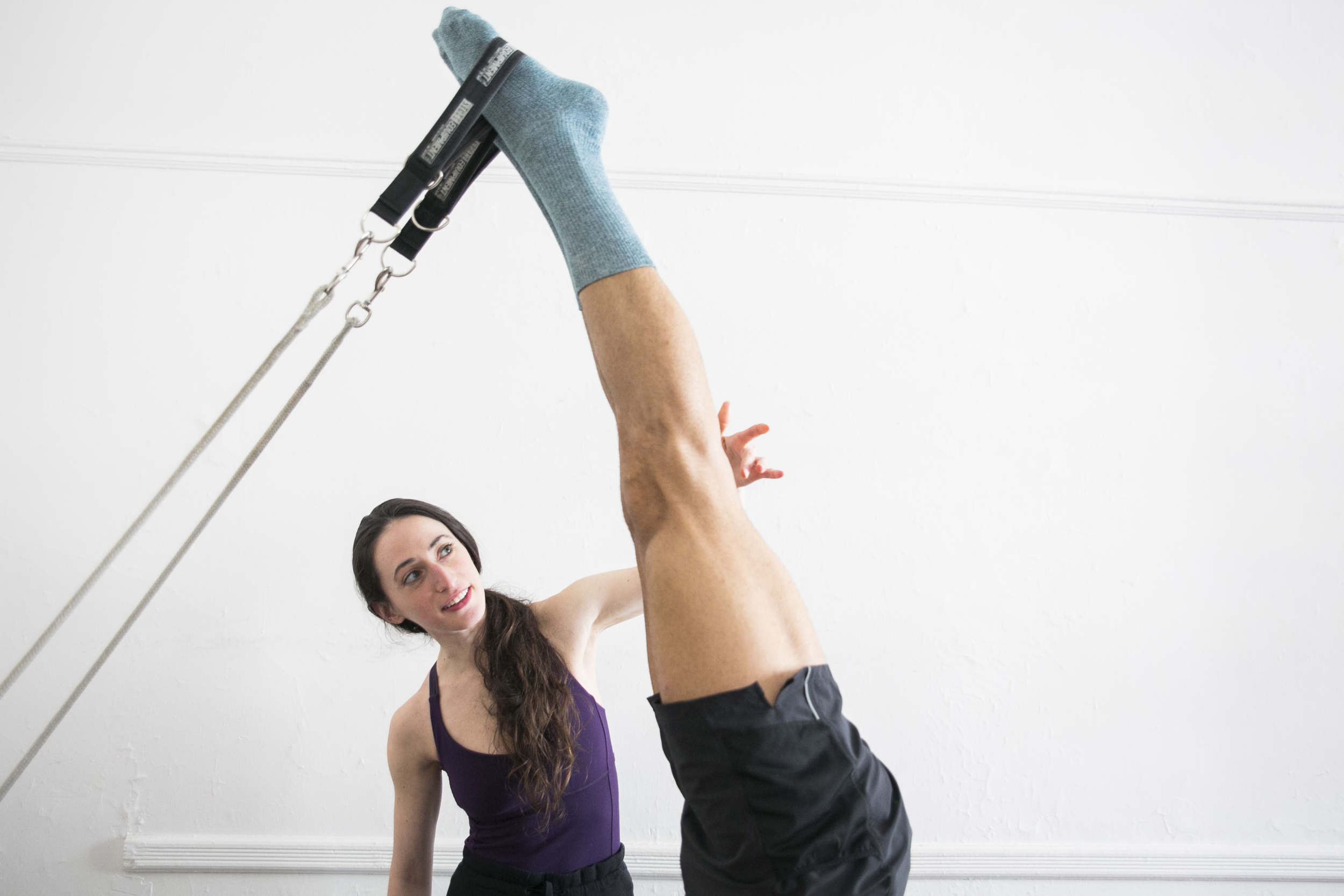GETTIN' DOWN TO THE CORE
Pilates is an exercise method benefiting all fitness levels. The key to its versatility is modification. The ability to properly modify lends itself to further variety, accessibility, challenge and safety.
You hear it all the time in class, but what exactly is the "core"? The core consists of the deep, internal muscle groups of the abdomen and back. An understanding of the core muscles distinguishes a Pilates instructor from other fitness professionals. Pilates focuses on strengthening the core first, whereby setting a foundation for the superficial muscles of the trunk and periphery to build upon. When the trunk is gradually stabilized, the back is relieved from unneeded pressure, and the body is able to move both efficiently and comfortably. Pilates is an effective remedy to lower back pain. A strong core lends itself to better postural alignment, and therefore a strong, healthy spine. Optimal alignment is achieved through Pilates by exercising with little to no impact, avoiding strain on the ligaments and connective tissue that surround joints. Methodical inhales and exhales circulate increased oxygen to the exercising muscle groups. The combined flow of fluid movements and steady breath adds to further flexibility.
Pilates is available in both mat and equipment form. Pilates equipment utilizes resistance provided by the client's own body weight on graduated levels of pulleys and springs. The use of springs is what delineates Pilates from typical weight training. The springs allow for the belly of the muscle to be exercised both in the exerted (concentric) and return (eccentric) contraction. The visible result is longer, leaner and better-balanced muscle tone. Stronger muscles without the bulk!




Miguel practicing ‘Long Spine’ on the reformer